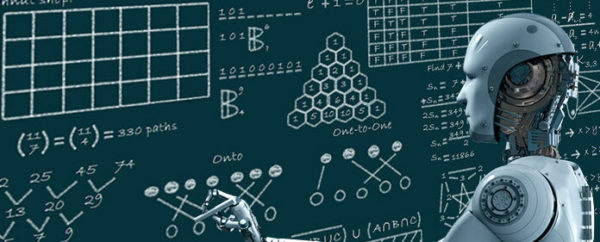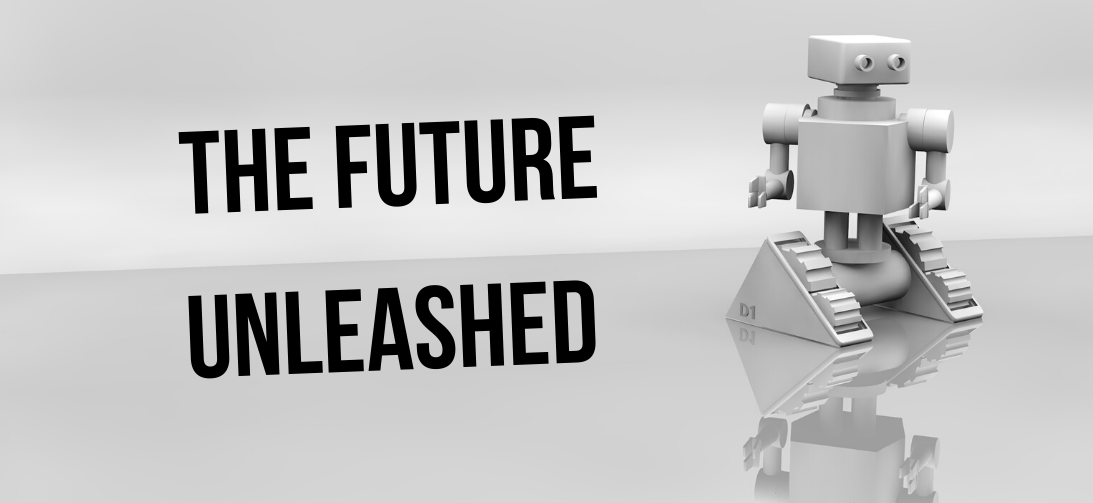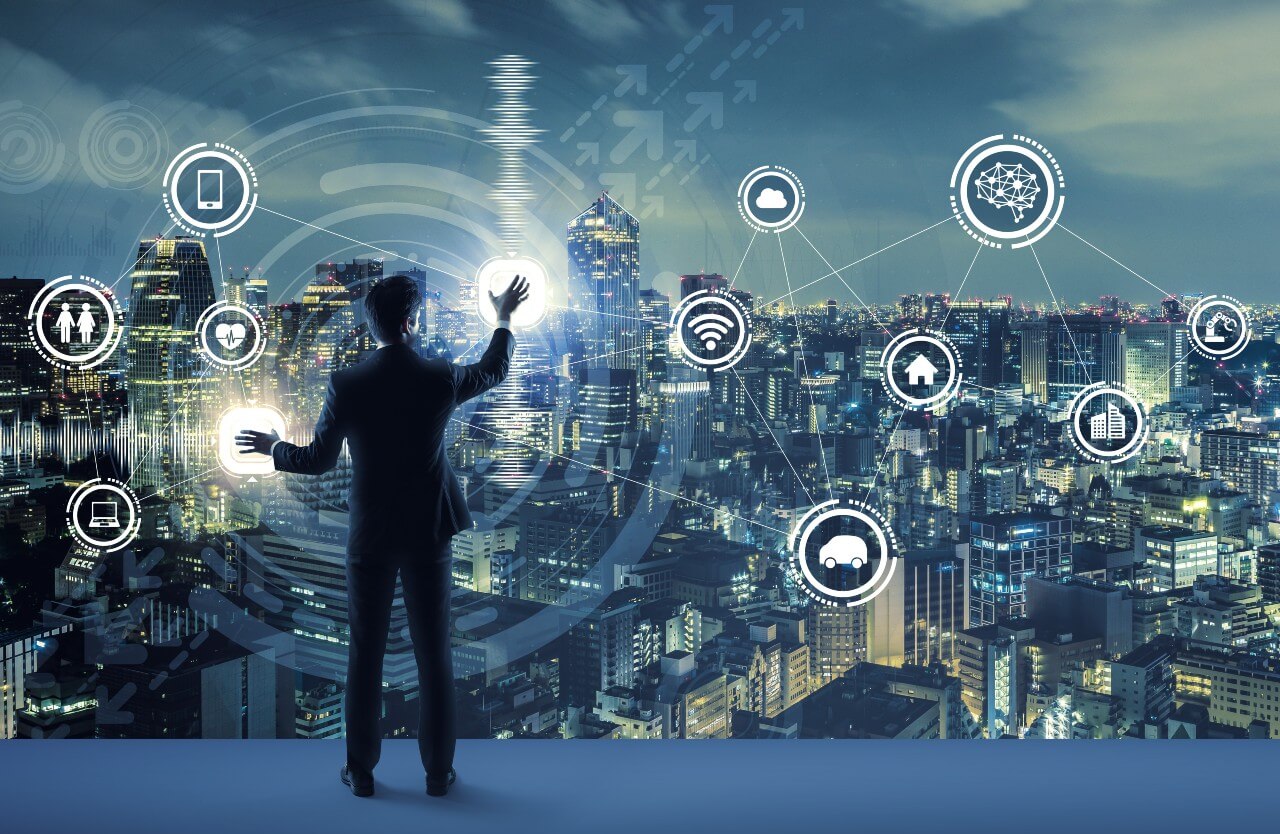1. Expandable AI Brings “Friendly” Algorithms
Artificial intelligence (AI) unleashes tremendous possibilities. What is available now is the tip of the iceberg of possibilities. By 2030, AI will contribute about $15.7 trillion to the global economy. Here are the top AI-related technologies gaining market traction.
Artificial Intelligence is moving from a niche to a daily-use technology. However, the major stakeholders remain clueless about how the underlying algorithms perform. Worse, applying the wrong algorithms causes unintended results, with huge implications.
It is no longer sustainable to entrust more and more decisions to an algorithmic ‘black box’. Successful AI implementations need people to trust the process.
Explainable AI (XAI) makes AI algorithms more reliable, and capable of explaining itself. XAI allows humans to understand how the input ‘variables’ affect the output. It also makes explicit the specific decision generated by the AI model. The technology makes the algorithms explain the underlying rationale, strengths, and weaknesses, and makes AI-based decisions more transparent and interpretative. It will be the fastest-growing AI technology in the immediate future.
2. Innovative Techniques for Algorithm Learning
The success of Artificial Intelligence rests on the algorithm detecting patterns and predicting the future based on it. As such, any AI system is only as strong as the learning imparted to its algorithms.

Training algorithms require labelling data sets consistently. But better data governance does not solve the challenge completely. Many situations need training data that is not available with the business.
Enter techniques such as reinforcement learning, active learning, and digital twinning. These techniques allow AI algorithms to generate data sets from a few samples. It also transfers models from one task with lots of data to tasks lacking data. It may even conjure up probability-based simulations. The technology benefits search, cybersecurity, maintenance prediction, and more, in a big way.
3. Voice and Facial Recognition Capabilities Unlock Big Possibilities
Face recognition is a 2D or 3D sensor capturing an analogue face and transforming it into digital data. The system compares two data sets to identify whether two faces belong to the same person. Gemalto’s Live Face Identification System (LFIS), identifies faces even in the middle of the crowd.
Facial recognition technologies have recorded 20x improvement over 2014-2018. Now, industry majors, from IBM to Facebook, Amazon to Megvii, Google to US Homeland Security Directorate, and others, all work overtime to refine human body signatures. As such, the rate of improvement will only get better. In the immediate future, it would be possible not only to identify a person but also his underlying emotions, with a high degree of accuracy. The implications for marketing, healthcare, and security are huge.
4. Robots Become Mainstream
Advances in neural networks and deep learning benefits robotics. Developments in reinforcement learning and other AI sub-field also contribute to the cause.
Amazon warehouses already have several thousand little orange robots. These robots locate, pick, and package orders in 15 minutes, as compared to about 60-75 minutes required by a human to do the same tasks.
By 2020, robots will become smart enough to mimic complex human behaviour such as flirting and jokes. Spot, Boston Dynamics’ flagship four-legged robot, hauls trucks, opens doors, and dances to hit tracks.
Scientists at EPFL (École Polytechnique fédérale de Lausanne) in Switzerland has created the world’s first robotic hand control. The robot integrates human control with AI automation for the first time.
5. Convergence Unleases Synergy
AI combined with analytics, ERP, the Internet of Things (IoT), and blockchain unleashes great potential. Such convergence refines predictive and streaming analytics, and powers new data-driven business models. All these integrations will continue in its growth trajectory. AI integrated with quantum computing, something not explored much as of now, will be a new growth area. One out of every three executives dealing with AI considers managing such convergence as a top challenge in 2019. Solutions to overcome such a challenge will be a priority, come 2020.
Embodied AI is embedding AI chipsets into a “physical body” such as an IoT device. The data streams captured by the device categorise the physical environment. The aim is to identify how the algorithm fits into real-world environments, and make the necessary refinements. The technology allows AI stakeholders to meet integration challenges. It also benefits process automation, chatbots, advanced robotics, and autonomous drive technology.

Effective integration of AI with other systems depends on effective collaboration. Data scientists can no longer work in isolation to complete an algorithm. They need to collaborate with IT specialists, line managers, and others. DevOps techniques enable a robust and convenient feedback loop for real-time constant collaboration.
Artificial Intelligence will transform everything related to business and markets. But doing something for the sake of it will only disrupt without any tangible returns. Smart businesses first identify cutting-edge AI models relevant to their business. They next apply it to enhance an existing process or solve a well-defined problem. They also scale the solution to other parts of their enterprise.











